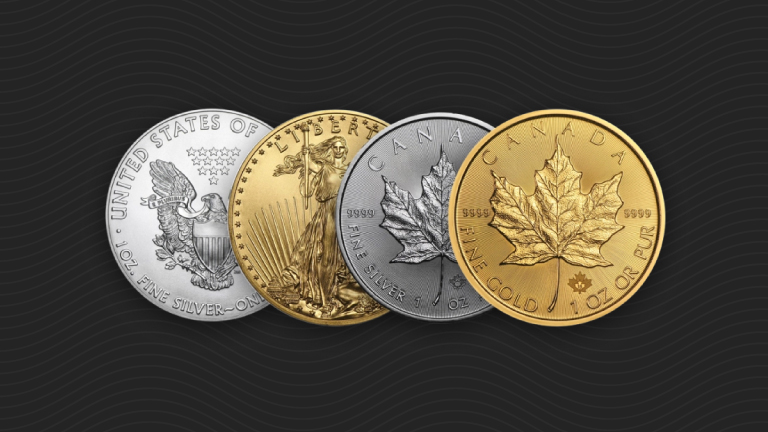
The Swiss Want Even More Economic Freedom (and Gold)
Switzerland is ranked as the freest economy in Europe in the 2014 Index of Economic Freedom, published by the Heritage Foundation in partnership with the Wall Street Journal. In the world rankings, Switzerland is the 4th most economic free country. While the United States Federal Reserve argues that inflation is necessary for economic stability, it should be […]



